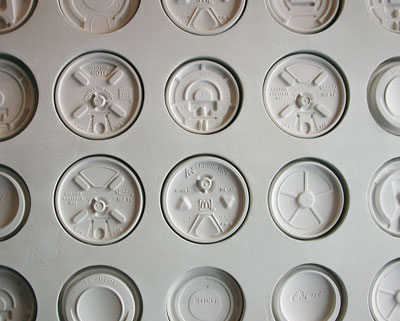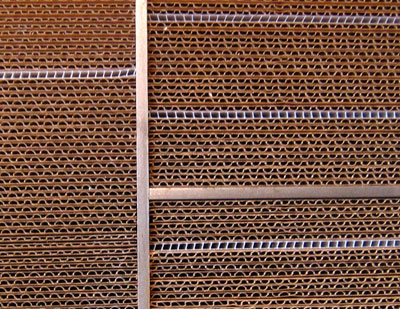As the second phase of the original Container City project at Trinity Buoy Wharf, Container City II is both an extension and evolution of the first building.
Built adjacent to Container City I, with inter-connecting bridges, a new lift and full disabled access, Container City II was completed in 2002 providing a further 22 studios over five floors.
In contrast to the first phase, Container City II is a funky ziggurat shape and painted in bright colours to reflect the creative flair of those who work here.
Cove Park is a centre for established artists situated on the west coast of Scotland in 50 acres of spectacular countryside.
In 2002, Container City created three en-suite accommodation units (known as 'cubes') to act as artist retreats. In order to blend into the rural surroundings sliding glass doors were installed that lead out onto the decked balcony that extends over a lake with beautiful views of Loch Long.
Commissioned by the Corporation of London, Mansell Street Community Centre occupies a narrow irregular site in a dense area of the City. Craned in in only one day, the two self contained units make the building totally demountable so that should the need come to move it, the process will be very simple. For the time being the community centre is not only a triumph or architectural flexibility but also a fantastic resource for the local area.
Urban Space Management alongside its American counterpart, Global Modular Buildings, have designed 15 retail and residential spaces to be situated in the heart of New York. This project is ongoing. Completion date has not been confirmed.
Following on from the success of he Mile End Park Youth Centre The Environment Trust commissioned Urban Space Management to build another Youth Centre in Meath Gardens in East London.
Commissioned directly by Morpeth School, the classrooms provides over 2,500sq ft of valuable extra space linked by a decked walkway. Located within the existing school grounds, the unit was craned in over half term to minimise disruption for the pupils and was painted in a vibrant red colour to reflect the creative nature of their use.



